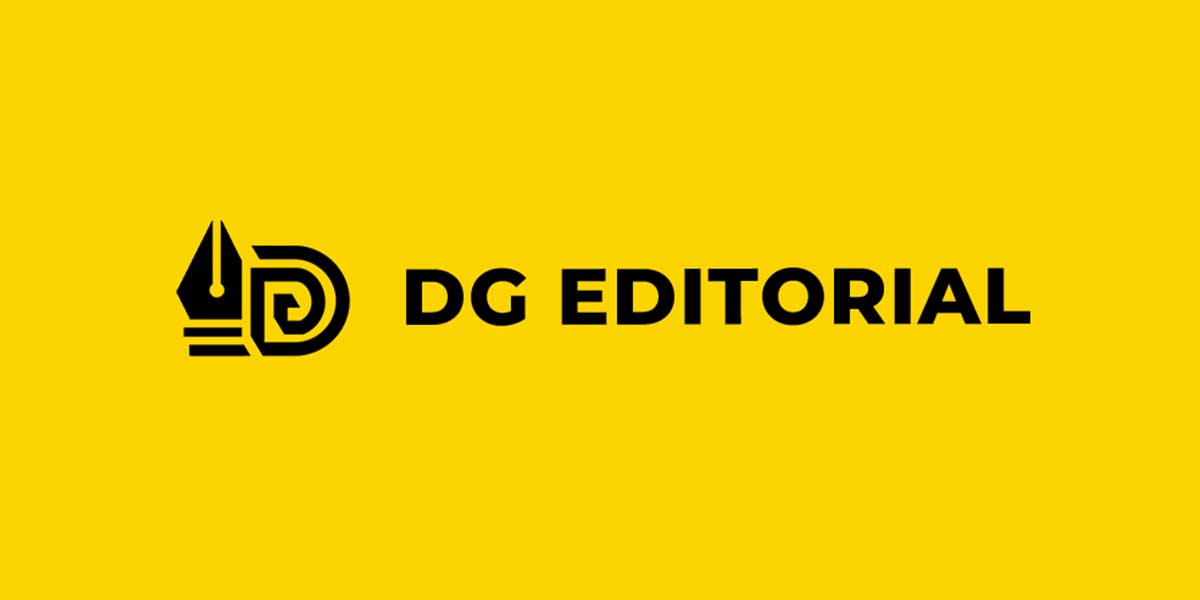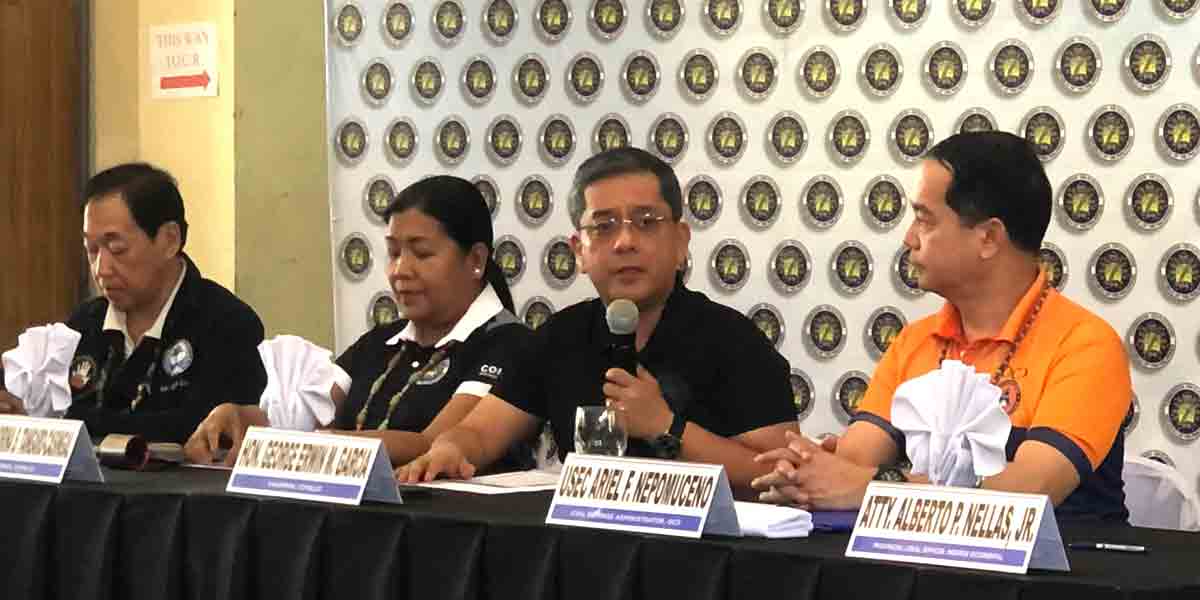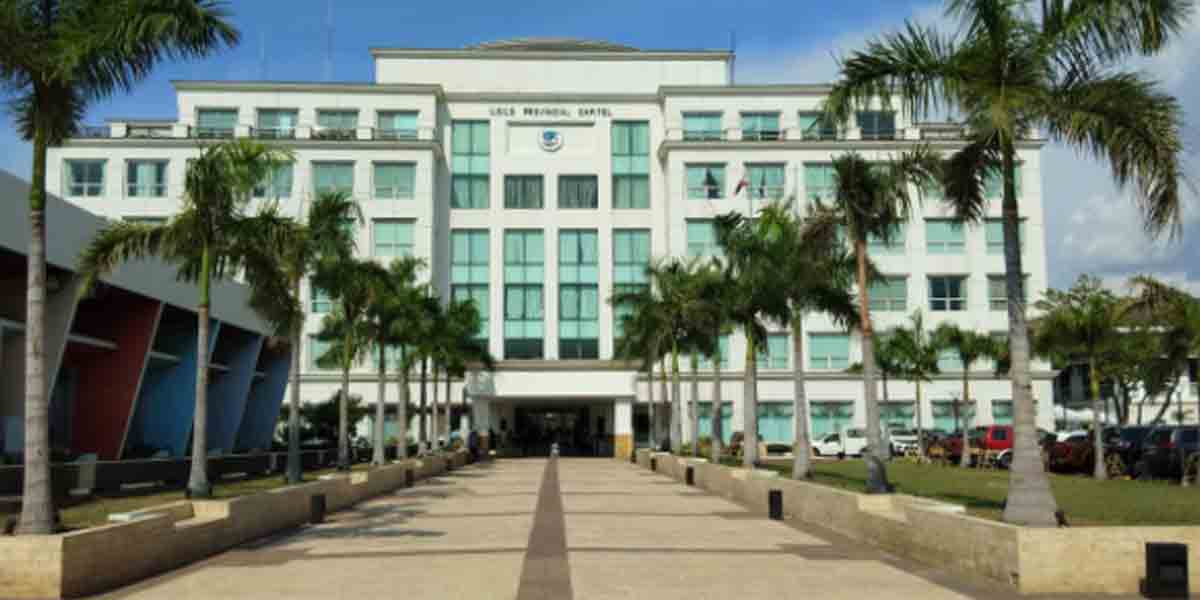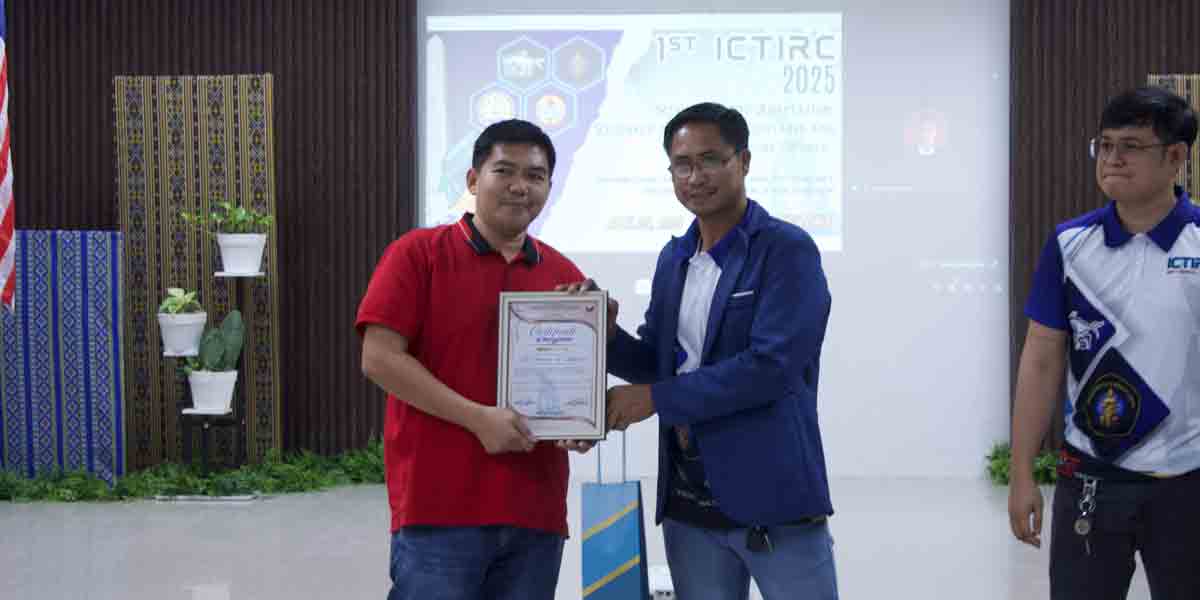Artificial intelligence is transforming global industries, but its soaring energy consumption could strain power systems and derail sustainability efforts if left unchecked, a top executive at Schneider Electric Philippines warned.
Speaking at the 2025 Energy Efficiency Day held at the SMX Convention Center in Pasay City, Schneider Electric Philippines country president Ireen Catane said the convergence of AI, climate change, and the energy transition is radically reshaping how businesses operate.
“Energy efficiency is no longer optional—it’s a strategic imperative,” Catane said during the event organized by the Philippine Energy Efficiency Alliance (PE2).
Catane cited the explosive rise of generative AI, noting that it reached 100 million users within two months—an adoption rate that outpaced previous technological revolutions.
But that growth comes with steep energy costs.
“One ChatGPT search uses 10 times more energy than a simple Google search,” she said, adding that data center power demand is projected to rise 4.2 times between 2023 and 2028.
Without significant intervention, this could lead to an additional 10 terawatt-hours of electricity consumption annually, Catane cautioned.
The energy footprint of AI is particularly concerning in light of intensifying climate risks.
“Nearly half of businesses in Asia—48%—see climate change as a major risk, with this figure climbing to 70% in the Philippines,” she said, citing data from recent regional surveys.
In the past year, 41% of companies reported climate-related supply chain disruptions and rising costs, while 32% experienced direct financial or physical losses from climate events.
Catane emphasized that the tools to address this crisis already exist.
She said available technologies could slash global carbon dioxide emissions by 70% and unlock up to USD 2 trillion in energy savings annually by 2030.
However, barriers remain to wide-scale implementation.
“About 29% of companies cite the immaturity of clean energy alternatives as a barrier to decarbonization,” she said, calling for faster innovation and policy support.
She also highlighted a growing disconnect between sustainability ambition and real-world implementation.
Citing Schneider Electric’s 2024 Green Impact Gap Survey, Catane said that although 98% of companies in the Philippines have set sustainability goals, only 52% are taking concrete steps to meet them.
“The gap has widened by five points from last year, underscoring the urgency for stronger implementation,” she warned.
Catane argued that energy efficiency is not only a climate solution but a business opportunity.
“Investing in energy-efficient solutions offers significant returns,” she said.
She noted that energy-efficient buildings can enhance property value, and 42% of survey respondents reported increased business opportunities as a result of adopting sustainable practices.
She urged collaboration among power utilities, technology companies, government regulators, and consumers to scale up energy-efficient practices.
The Department of Energy (DOE) has prioritized energy efficiency as a pillar of the country’s clean energy transition, with policies under the Energy Efficiency and Conservation Act mandating large energy users to adopt reduction programs.
Industry observers say managing the energy demands of emerging technologies, especially AI, will be critical as the Philippines works toward its target of increasing renewable energy’s share in the power mix to 35% by 2030 and 50% by 2040.
Schneider Electric, a global leader in digital energy management and automation, has long advocated for integrating energy-efficient solutions into building designs, industrial systems, and data centers.
Catane’s warning comes as companies worldwide face increasing pressure to decarbonize while navigating digital transformation.
“AI is powerful—but its power shouldn’t come at the planet’s expense,” she said.




















